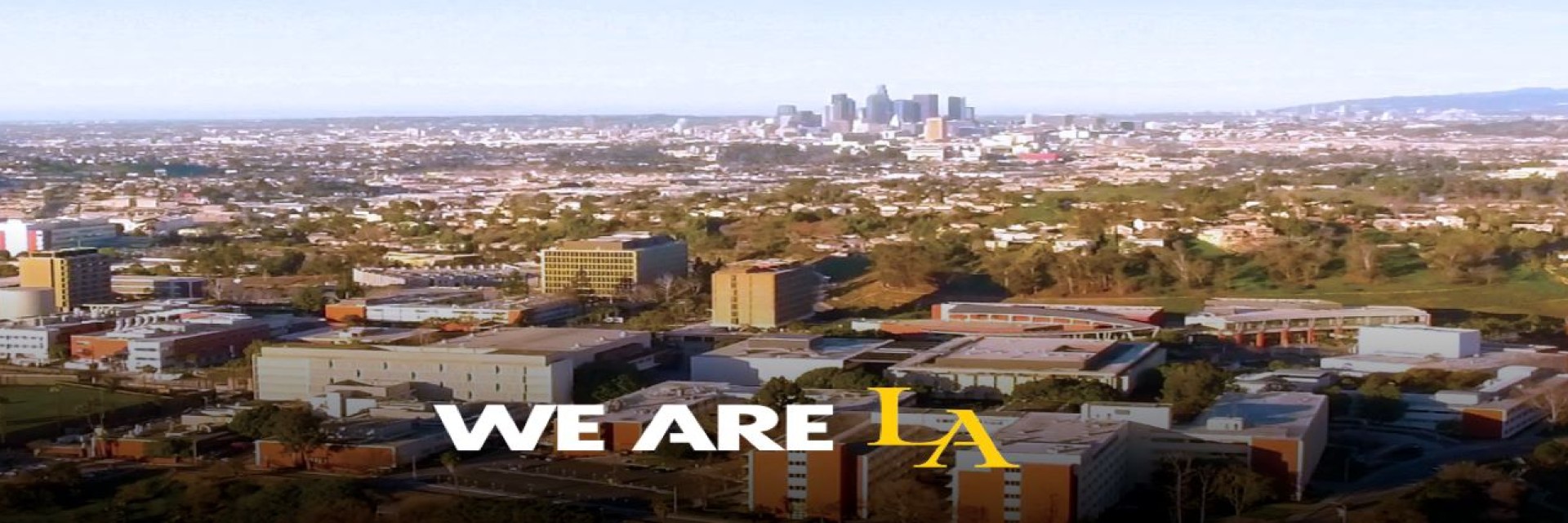We have included five plants that continue to be a staple in the diet of the indigenous people in Southern California. For further information on any climate adapted plants, please email us at:
Acorns
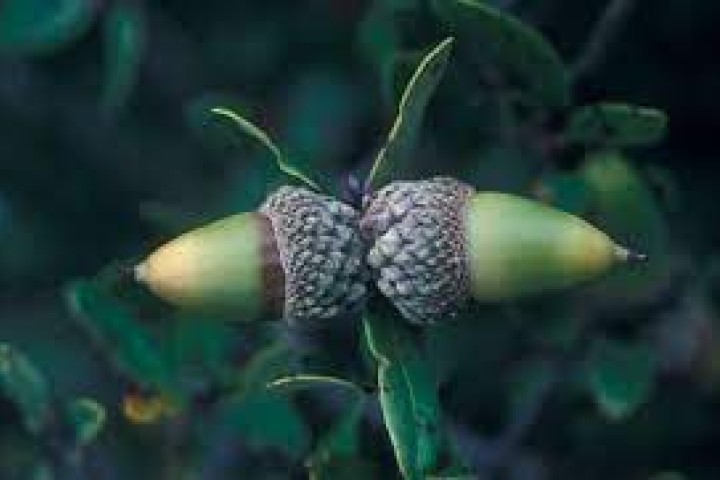
Querqus (Facacea) Oak (Coast Live Oak Quercus agrifolia, Scrub Oak Quercus berberidifolia, Black Oak Quercus kelloggii, and Canyon Live Oak Quercus chrysolepis
18th century Spanish writer, Juan Crespi, would receive tamales made out of acorn from indigenous communties througtout their journey in Southern California.
Indigenous people suffering from health problems by consuming "light broth" with acorn.
Edible: Crespi, Juan. A Description of Distant Roads: Originial Journals of the First Expedition into California, 1769-1779. San Diego: San Diego State Univerity Pres, 2001.
Medicinal: Timbrook, Janice., and Chris. Chapman. Chumash Ethnobotany: Plant Knowledge Among the
Chumash People of Southern California. Santa Barbara, Calif: Santa Barbara Museum of
Natural History, 2007.
Agave
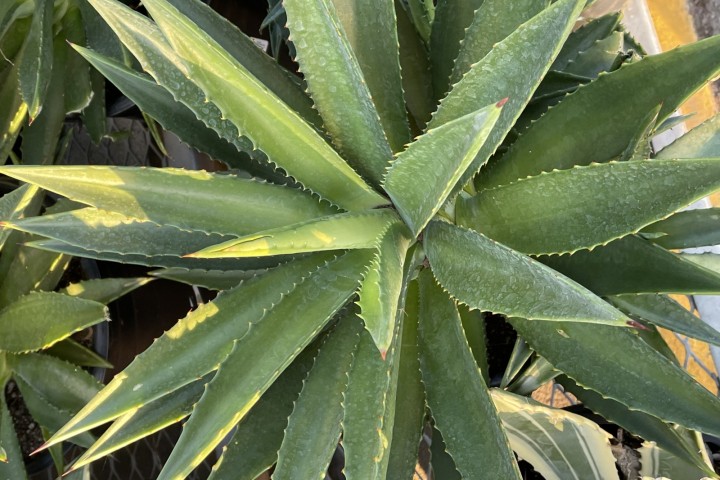
Agave Desertii
Agave used by leeching plant to make dough as described by Spanish officials.
Part of the Agave plant used to cure boils by appling as a poultice during mission period.
Edible: Del Barco, Miguel. The Natural History OF Baja California. Los Angeles, Calif.:
Dawson's Book Shop, 1980.
Medicinal: Timbrook, Janice., and Chris. Chapman. Chumash Ethnobotany: Plant Knowledge Among the
Chumash People of Southern California. Santa Barbara, Calif: Santa Barbara Museum of
Natural History, 2007.
Chia
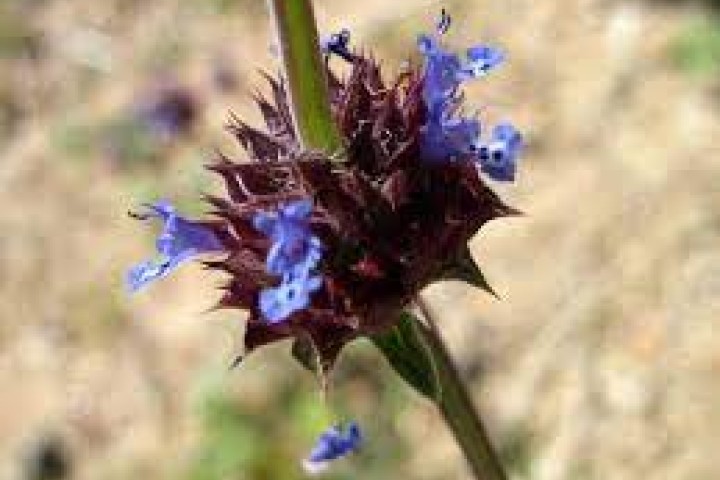
Salvia Columbariae
Seeds of chia used as a refreshment to keep hydrated during long and hot climate periods for indigenous peoples.
Chia seeds can be used as a cure for eye irritation.
Edible: Longinos-Martinez, Jose, Lesley Byrd Simpson, and Lawton Kennedy. Journal of Jose Longinos Martinez: Notes and Obervations of the Naturalist of the Botanical Expedition in Old and New California and the South Coast, 1791-1792. San Fransico: J. Howell-Books, 1961.
Medicinal: Timbrook, Janice., and Chris. Chapman. Chumash Ethnobotany: Plant Knowledge Among the Chumash People of Southern California. Santa Barbara. Calif: Santa Barbara Musemum of Natual History, 2007.
Prickly Pear (Nopal)
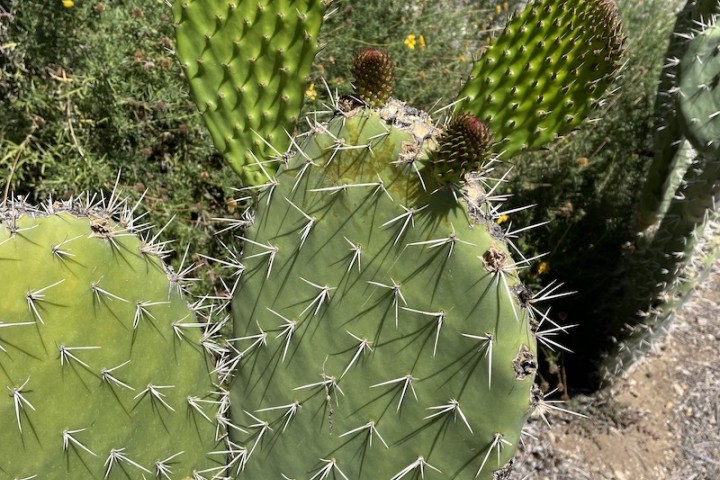
Oppuntia Littoralis and other varieties
The prickly pear can be consumed into a liqud from "juicy pulp."
The sap of the plant was used to heal wounds.
Edible: Del Barco, Miguel. The Natural History OF Baja California. Los Angeles, Calif.:
Dawson's Book Shop, 1980.
Medicinal: Timbrook, Janice., and Chris. Chapman. Chumash Ethnobotany: Plant Knowledge Among the
Chumash People of Southern California. Santa Barbara, Calif: Santa Barbara Museum of
Natural History, 2007.
White Sage
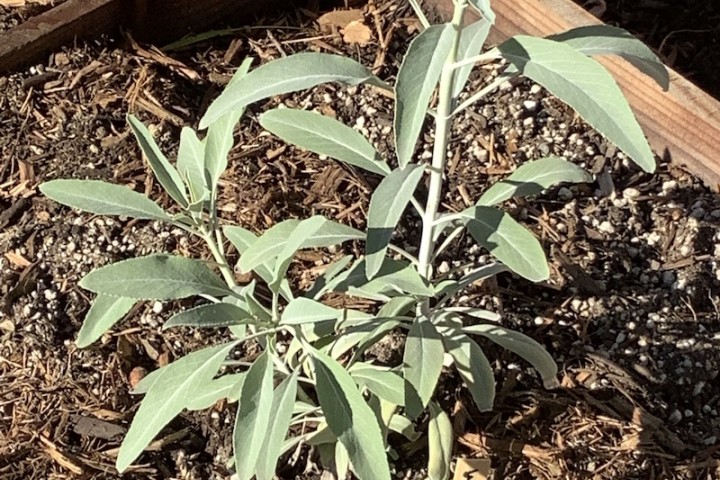
Salvia Apiana
Seeds made into pinole after being roasted by the indigenous people.
The strong scented leave was placed on top of head to relief headache.
Edible: Longinos, Martinez, Jose, Lesley Byrd Simpson, and Lawton Kennedy. Journal of Jose Longinos Martinez: Notes and Observations of the Naturalist of the Botantical Expedition in Old and New California and the South Coast, 1791-1792. San Fransico: J. Howell-Books, 1961.
Medicinal: Timbrook, Janice., and Chris. Chapman. Chumash Ethnobotany: Plant Knowledge Among the
Chumash People of Southern California. Santa Barbara, Calif: Santa Barbara Museum of
Natural History, 2007.
